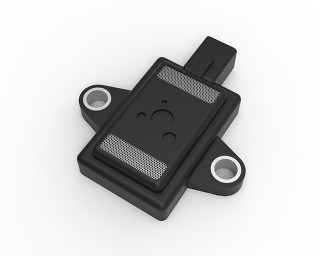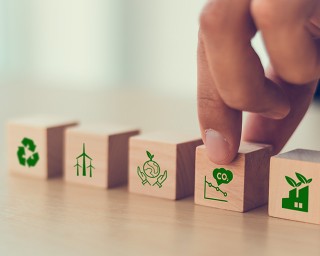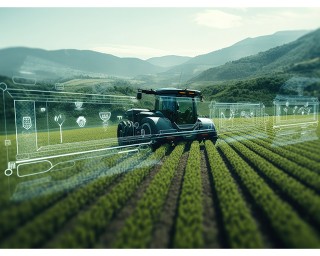
To improve the efficiency of battery storage systems whilst simultaneously minimizing the environmental impact - that was the goal of the joint project “COOLBat”, on which a total of 15 research institutions and industrial partners worked in collaboration. Innovative materials and processes were applied with the aim of improving the service life and performance of batteries. Today, we are talking to Hannes Lefherz, an employee at the Fraunhofer IST, about the project and the role of the Fraunhofer IST within the consortium.
more info








